What is commonly referred to as the 10th Permaculture design principle is the “Edge Effect” which is the use of edge and natural patterns for the best and most abundant effect. The use of this principle can increase productivity, efficiency, and diversity within a system.
Listen To The Podcast
Listen and Subscribe On Your Favorite Podcast Player
Spotify | Apple Podcasts | Amazon Music | Pandora | Pocket Casts | Castbox | Anchor | YouTube | RSS | Get Ad-Free On Patreon

The edge effect works in one way because of a greater diversity of life in the region where the edges of two ecosystems overlap, such as land/water, or forest/grassland. At the edge of two overlapping ecosystems, you can find species from both of these ecosystems, as well as unique species that aren’t found in either ecosystem but are specially adapted to the conditions of the transition zone between the two edges.
Examples of Edge Effect in Nature
Thick growth at the edge of a woods
These edges are an energy trap as they get the most sunlight for the woods and the most shade for the open field, it also captures what the wind energy pushes along. This results in some of the best places to forage for food like raspberries, blackberries, apples, plums. As every hunter knows this can be a great place to hunt because deer stand right outside of the woods and feed along the edge for abundance and quick cover.
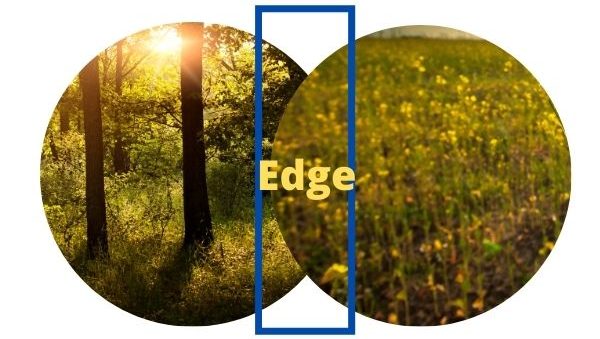
Edges of ponds
This is where you will see the most pond activity, as well as an increased land activity as the two worlds, collide, each supplying some benefit to the other. As probably every fisherman knows, using edges for fishing along the shore and even in open water is a common practice because this where life congregates.
We also see this along the edge in man-made structures
Ever notice how a variety of weeds will grow along the edge of a sidewalk. Again the edge forms an energy trap of sorts. It traps seeds being blown by the wind, the cement provides both a thermal mass for heat and a watershed for the surrounding soil and protection from foot traffic.
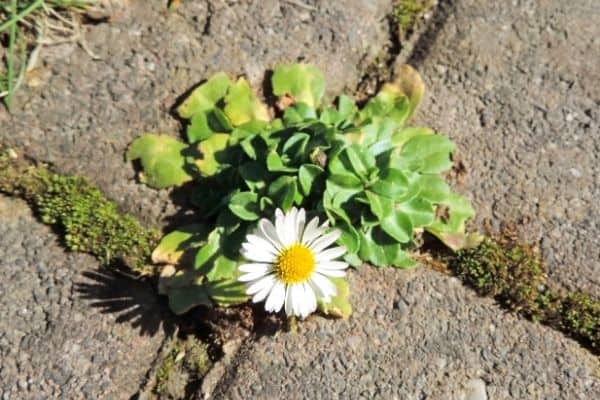
Types of Edge
Any change in anything can cause an edge. It can be a physical barrier that separates one ecosystem from another ecosystem. Such as a pond, boulders, or even placed structures like pavers or a sidewalk. A change in elevation, temperature, soil type, moisture, or energy can all create an effective edge. It can be something as small as a planter box on a deck to something as large as the Grand Canyon.
Incorporating Edge Into Your Homestead Design
Pathways
Creating trails or paths through the property is a great and practical way to create an edge effect. When you create an area of abundant growth along with this type of edge it gives easy access to what you have growing there.
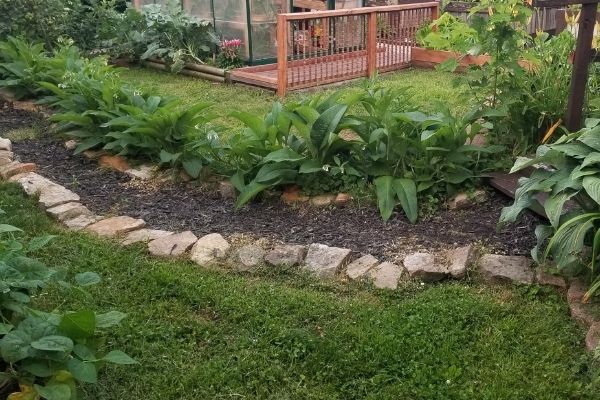
Raised beds
As noted earlier any physical barrier or even a change in elevation creates an edge effect. People often ask if raised beds offer a place in permaculture design and I think the answer is an absolute yes when we consider the permaculture principle of edge effect.
Fence rows
Fences not only can protect your edge but also provide an area of abundance when you look beyond a singular purpose and function stack your design to provide in more than one way.
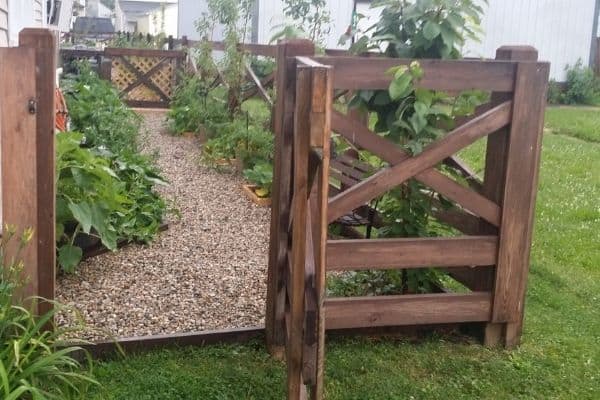
Boxes and Planters
It seems difficult to think of simple elements such as these added to a landscape as creating edge effect but in the same way, like raised beds, they accomplish the same types of functions just on a micro-level.
Backyard Ponds
Ponds are a fantastic way to create an edge. Not just large ponds but even small decorative ponds that you might install as a decorative element to your landscape. The edge created by ponds can be a place of abundant plant and animal life.
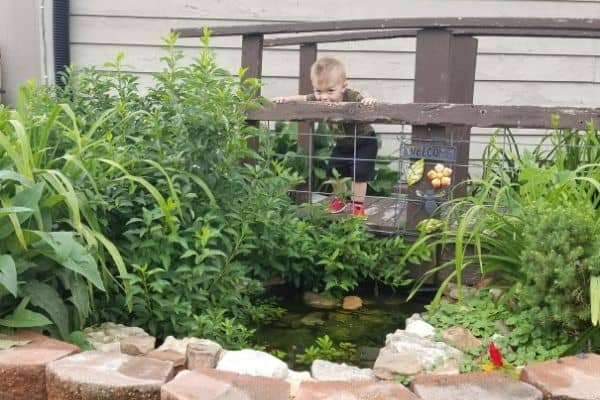
Boulders
Having Large stones or boulders in a landscape design can serve many functions, one of which would be creating an edge. This type of edge collects life by providing a catch for seeds, protection against elements, a thermal mass, and many other functions. They can also be a visually pleasing element to permaculture design.
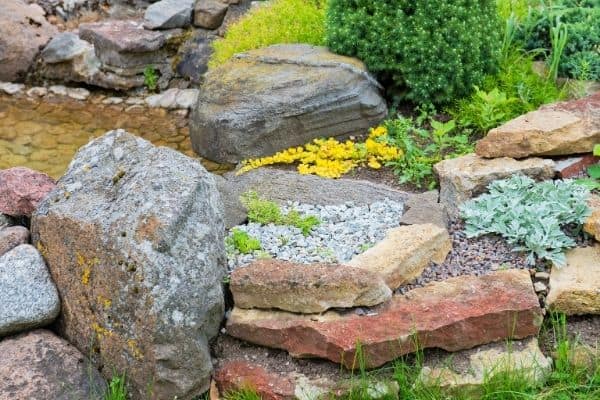
Edges of Buildings
Just like sidewalks, other man-made structures can also serve to create an edge effect. Edges of outbuildings and even your home can work well to create an area of abundance and diversity in life. Things such as thermal mass and shade would be just a couple of things to consider when making use of these spaces.
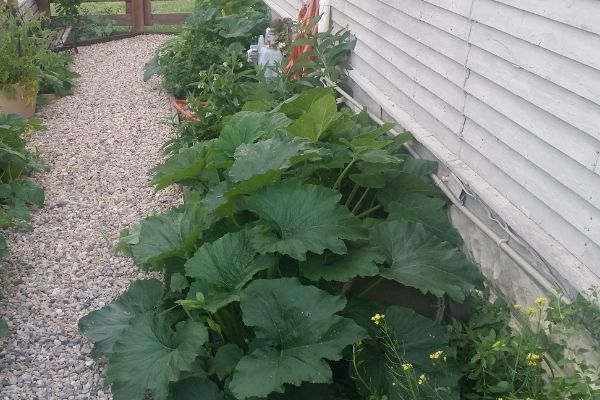
Green Edge – Hedgerows, Green walls
Edges in your property permaculture design can and should imitate natural edge elements such as forest edges. An edge created by a hedgerow or a green wall as we might put it can be an incredibly abundant area of growth and life. Most landscape designers would install these simply as an aesthetic feature but a permaculture design would recognize the many elements of creating a hedgerow or green wall.
Hedgerows can not only be pleasing to the eye but also provide a food source for you or animals. It can also provide things like privacy and protection from the elements, often even providing a realistic substitute to a privacy fence. This design element could be made up of bushy trees, thick shrubs, and even vining plants up trellises.
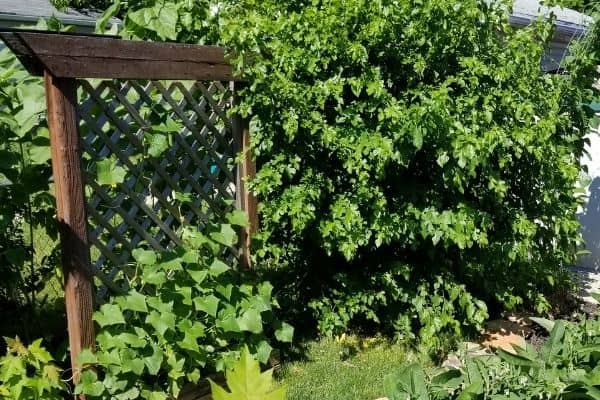
Common Permaculture Design Methods For Maximizing Edge
Meandering Paths
There are few straight paths or trails in nature. By creating meandering, curved paths you actually lengthen the amount of edge along that path which in turn expands the area of abundance available along that path. This not only serves the practical function of abundance but can also create a beautiful design that can give you the feeling you are walking in nature even though you might be in your back yard just a few feet from your home.
Keyhole Paths
Designing an access path called a keyhole path can also maximize edge into a garden area creating an area of abundance along with making easier access for the caring for and harvesting of plants.
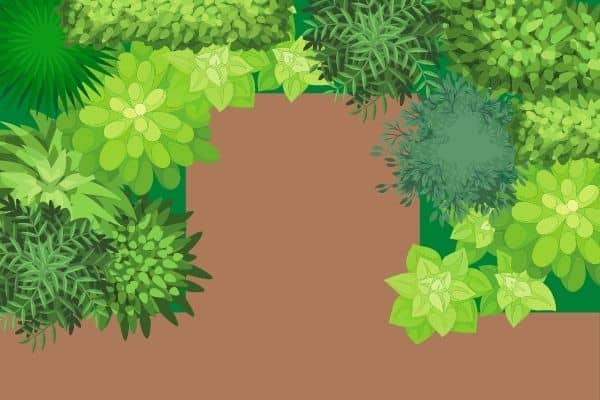
Uneven planting in beds
When you plant in rows you can use a lot of garden space. There are certain situations where planting in rows makes sense to a design but if you want to maximize planting you should offset plants to create the most harvest. Every plant creates an edge that can have a guild if desired. Larger plants especially can benefit greatly from other beneficial plantings around them which also maximizes the output and intensity of the area.
Herb Spiral
A popular and beautiful design element in permaculture design is the herb spiral. These can create a maximum edge in a small space and even create multiple microclimates to best serve plants with different requirements.
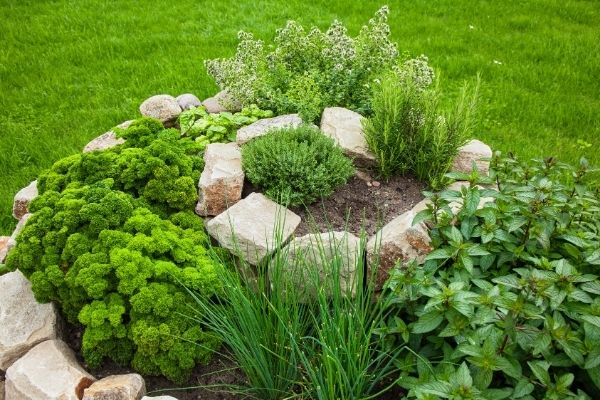
Conclusion
Using the Permaculture Principle known as Edge Effect in the layout of your Permaculture Homestead can make the most of your growing space by increasing productivity and even adding an element of natural beauty to your garden.



